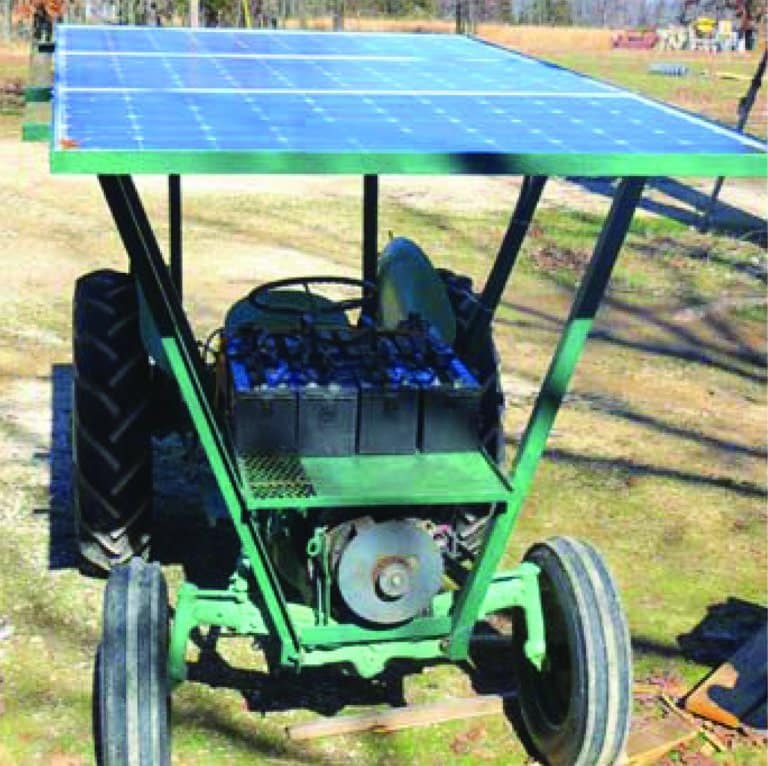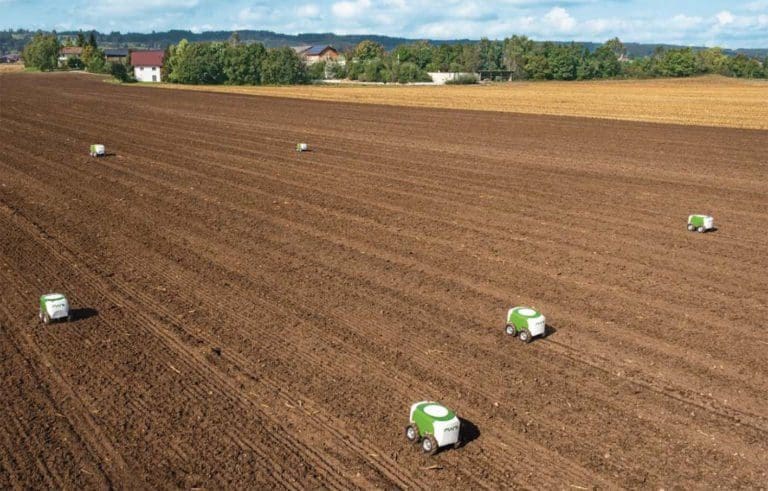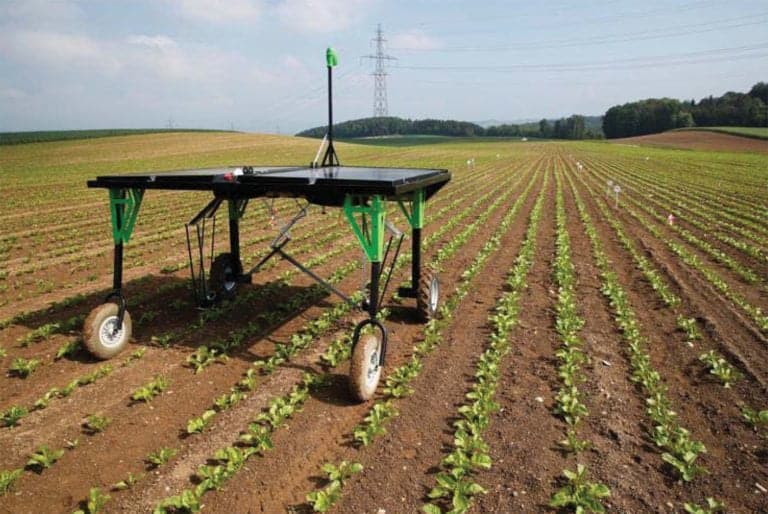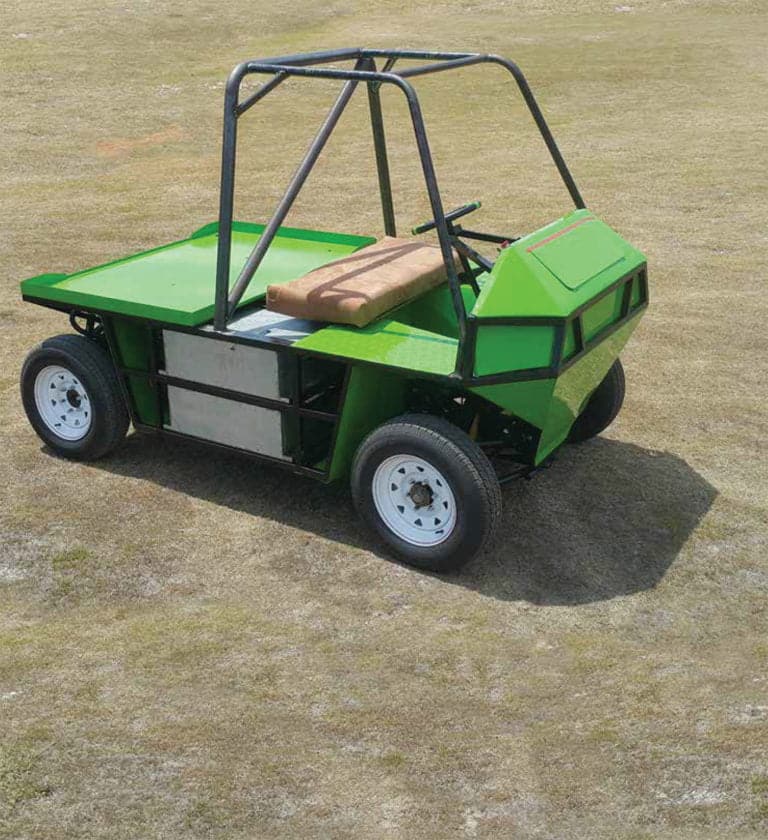The use of batteries for vehicles and agricultural machinery promises to revolutionize the cultivation industry by lowering costs and improving production. From large tractors to small harvesting machines, all vehicles will be completely transformed by electric.
On the other hand, current agriculture is under pressure: on the one hand the need to produce more food to avoid the food crisis. On the other hand, the need to reduce waste and abuse of land and water. Precision agriculture can increase food production in Africa, but requires energy at increasingly higher costs in proportion to production.
For this reason, the expected revolution will be welcomed with open arms. The current transition will lead to what is called precision agriculture, a method that uses satellites, drones, GPS and agricultural robots to manage sowing, growth and collected. Precision agriculture will also reduce costs by directing machine work without waste and focusing it only where it is needed.
When the student is ready the Master introduces himself
Like all self-respecting revolutions, precision agriculture also benefits by lowering solar costs and batteries. This will allow an army of small autonomous robots to work for many hours at a sustainable price.
Away from the old world
Agriculture makes extensive use of energy and fossil fuels: current machines are powered by diesel or oil.
Yet (as with cars) electric tractors and agricultural machinery are nothing new: in the 30s they were common, even if powered through a cable connected to the mains. The crucial difference was in the reduction of battery costs.
The "psychological" limit beyond which electric agriculture will no longer encounter obstacles is the possibility of storing enough energy to do an entire day's work with a single charge. Until then the change will be "confined" to medium-small agricultural machinery (even if we are unlikely to see machines larger than the current ones in the short term, if we think that the next generation can be without a human driver).
Here are 6 methods and machines that will be the protagonists of the next agricultural evolution.
Tractors
Fields require increasingly powerful machines to prepare the soil between plowing and tilling. Machines capable not only of doing heavy work or carrying loads, but also of towing other tools in turn. For this reason, tractors are the flagship machines of agriculture and will be the first target of electric conversion.
Solar powered tractors
Current photovoltaic-based systems do not provide direct energy to machinery via (for example) solar panels on the roof of a tractor, but start from a charging station and batteries. This still means limited autonomy: the next step could include a swap mechanism and allow a tractor to replace its battery mid-day.
A concept called AgBot will pave the way for the next evolutions of the format. Instead of one large tractor, farms of the future will have fleets of small, autonomous tractors accomplishing different tasks simultaneously. The significantly lower weight will allow the mini tractors to pass over the fields even immediately after the rain, when the seeds begin to germinate, reducing the need for herbicide.

biomass
A study from a few years ago showed that biomass is more efficient at creating electricity than liquid fuel. There are a large number of small biomass gasifiers on the market and they could become part of every farm's equipment. It would be the beginning of a symbiotic relationship for precision agriculture: a way to make the most of every material produced.
Autonomous agricultural machines
While the automotive world is developing (with ups and downs) the concept of autonomous driving on civilian cars, autonomous agricultural machines are already in development. They have fewer tasks to carry out in smaller and more limited contexts, and if they are smaller in size they can carry them out with great accuracy. Human supervision will also be possible, with a series of machines that will “mimic” a pilot machine driven by a real person.
Farm robots
One of the main consequences of the collapse in solar costs combined with the increase in battery capacity will be the advent of agricultural robots, used alone or in synergy with each other. From light and small androids totally powered by solar energy that will eradicate weeds to larger machines capable of sowing, fertilizing, threshing and more. Agricultural robots could be very efficient (work in a continuous cycle even at night) and above all surgical: ideal for precision agriculture.
An example of an agricultural robotic system? Xaver, a product that combines both a cloud control system and a swarm of mini agricultural robots that work simultaneously. Knowing exactly where to plant, how much water to supply and when to harvest will make a difference.

The robots used consume 70% less energy than current diesel machinery. In addition, they do not use fuels, with zero harmful emissions.
Weed control
Weed control can easily be considered the number one problem for farmers. Among the various classes of pesticides, the herbicide occupies first place: no one wants to use it, but no one wants the weed to "drink" all the water intended for the field.
A typical example of an agricultural device of the future could be the one designed and currently tested by the Swiss company Ecorobotics. A robot powered entirely by solar energy that searches for grass and supplies the exact, minimum quantity of herbicide to that precise point: it can clear 5 hectares a day without ever stopping.

The next generation of these machines will use lasers to eliminate weeds, with precise and circumscribed rays. A sort of definitive epilation, with weeds in place of unwanted hair.


